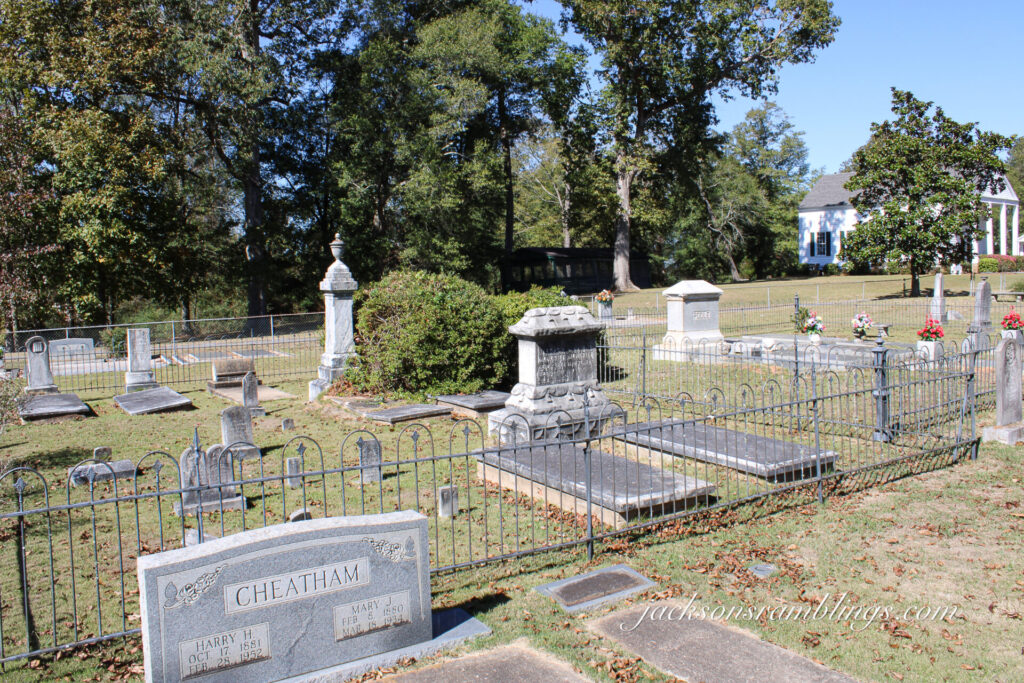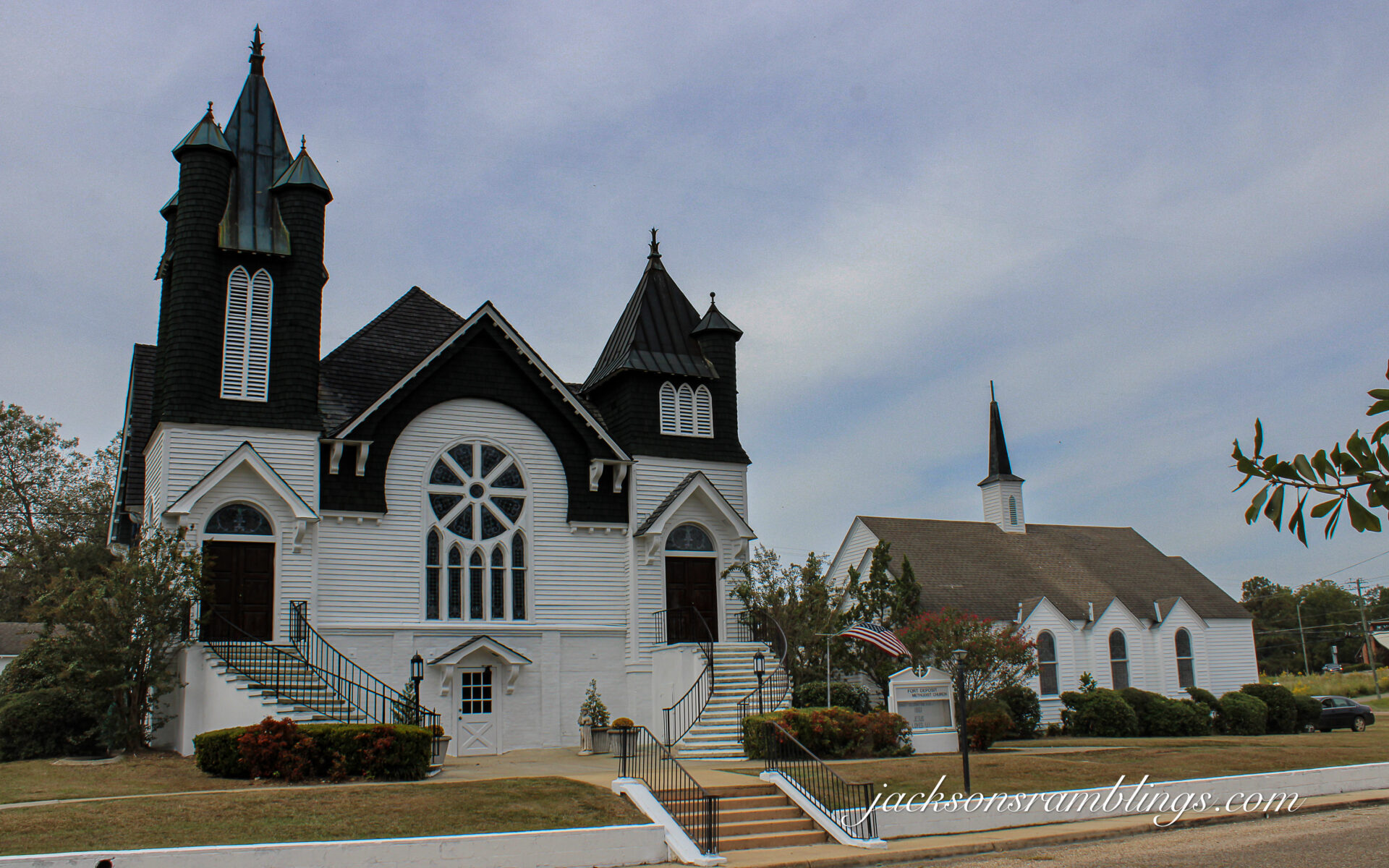History is an incredible thing. Many of us take it personally to know all that there is to know about those things from our past.
Up till probably a year ago I did not know that Cane Creek Methodist Church at Chance Al existed, or should I say did not remember it existed.
Now in years past I had been to that part of the world and had ridden numerous back roads in and around it. I am sure that I had at some time passed it probably just oblivious to it. I am sure that I had seen it in fact but for whatever reason it never stuck.
About that time, I ran across a distant cousin of mine on Social Media and we were talking about our relatives from the past. Her grandfather and my grandmother were brother and sister.
Knowing that I rambled backroads taking photos of old churches and such she asked me if I possibly had any photos of the Old Cane Creek Methodist Church. At that point it clicked.
My Grandmother Ruby Bradford Knight was born in that part of the world in 1908. She had told me many stories of her early childhood living in that area. Now I can’t tell you for sure that she ever mentioned Cane Creek Methodist Church, but her family apparently were Methodist or she identified as Methodist although she never went to church that I knew of.
My great-grandmother and my grandmother’s brothers and sisters left the Chance area when my grandmother was 8 years old. That would have been 1916 apparently. She never mentioned the month or season of the year that I can remember anyway. Not totally sure of the circumstances under which they left.
They were according to her version of the story traveling with an oxcart hauling their possessions that they brought with them. Their destination was Vredenburgh, Al. I have heard her recap numerous times the fact that they traveled to the ferry which apparently would have been at Lower Peachtree.
One interesting thing about the story is that they spent the night at what was known as the King Plantation Mansion. This was a large Antebellum house that stood in that area. In the 1960’s it was dismantled and moved to Uriah, Al where it stands to this date. They spent the night there at the end of their first day of travel. They then left early and crossed the ferry with the oxcart.
She never mentioned, that I remember hearing how long it took them to get to Vredenburgh. I would think that they would have had to spend one more night between the ferry and Vredenburgh but I do not know for sure.
Anyway, back to Cane Creek Methodist Church. I am sure that there is a rich history of this old church as there is for most of the ones build throughout the US in the late 1800’s. From the design of it I would venture to say it was probably built mid to late 1800’s but that is only a guess.
At the time of this writing I have not found anybody that has that history and I can only hope that possibly somebody reading this will come forward and give me that information because I would love to have it and possibly even write another blog post on it.
Like I mentioned earlier my cousin mentioned me getting a picture of it. So, I went and found it and got a few photos of it. The day I went there was logging equipment parked all around it where a logging crew was cutting timber there, so it was hard to get good shots of it but I was able to get a few.
I had been planning to make a trip back into that part of the world in the not-too-distant future to get some more pictures of it. Hopefully this time there would be nothing around to interfere with good angles.
About a week ago I saw some photos on social media of it. I was shocked. A storm had come through and it had been blown off the blocks and severely damaged. I knew then that I had to go through and get some shots of it before it was gone.
This particular morning, I got up and headed out to Chance.
I rounded the curve and saw it and it hurt me to see it. I pulled up and got my camera out and walked to various angles and took a few shots of it.
As I stood there pondering over the dilemma that was present for this old church my mind went back in time.
I started to think of all of the families and friends that had been there many years ago. I could visualize the men, women, boys, and girls coming and going. First, they would have come probably on wagons or riding horses. Possibly with Oxcarts or mules pulling them. Then I started to think, wonder when the first cars possibly came?
As I walked to a different angle I started to think about the dinners on the ground. I pictured in my mind an outdoor table with fried chicken, and vegetables, and biscuits, and cornbread. I almost giggled as I pictured a washtub with sweet tea in it and a dipper to fill the glasses.
As I walked back to the Jeep to get ready to leave, I started to focus my mind back to reality. This might be the last time I would ever see this old church. It was definitely the best condition, as bad is it was, that I would ever see it in.
Like so many others here is one more that is about to be gone forever. A place that was community. A place where fellowship occurred. Where couples met. Where they were married. Where children were dedicated. A place of refuge. A place that was once held of high prominence that was now a fast-fading memory that the future generations would not even know existed.
It was a sad day that unfortunately for myself and many others like myself I will see played out hundreds of times in the future as I see old churches like this one that are slowly but surely being reclaimed by the earth back to the ground to be remembered no more.







































